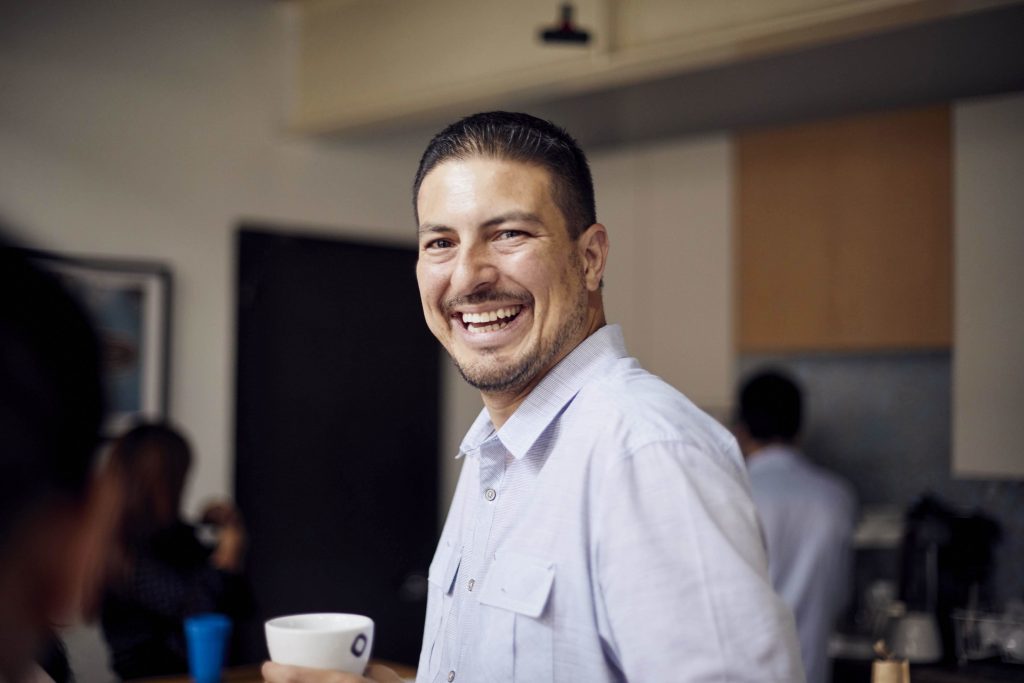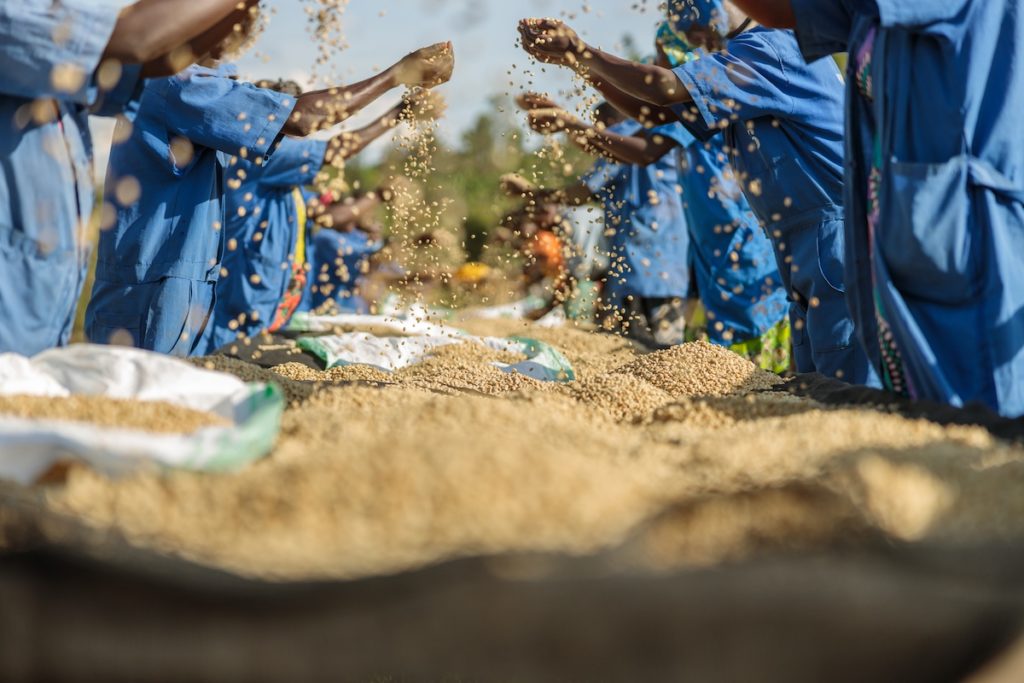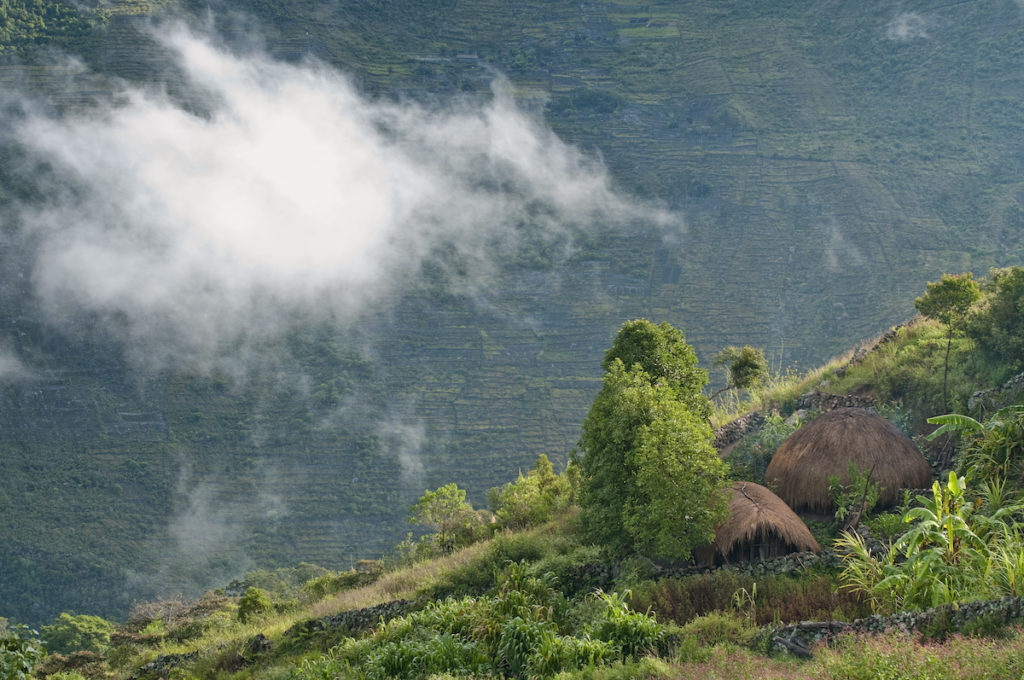 Many people rely on the caffeine in coffee to give them a jumpstart in the morning and keep them going throughout the day. In fact, the International Coffee Organization (ICO) has reported Americans alone consume 400 million cups per day. This makes up 45% of daily worldwide coffee consumption. It makes you wonder how much caffeine is in that much coffee.
Many people rely on the caffeine in coffee to give them a jumpstart in the morning and keep them going throughout the day. In fact, the International Coffee Organization (ICO) has reported Americans alone consume 400 million cups per day. This makes up 45% of daily worldwide coffee consumption. It makes you wonder how much caffeine is in that much coffee.
The Food and Drug Administration (FDA) estimated that a typical 8-ounce cup of coffee includes 80-100 milligrams of caffeine. Doing the math, we see the large amount of caffeine Americans consume daily through coffee alone.
What is Caffeine?
Natural caffeine is a substance that occurs in plants such as coffee beans, tea leaves, and cacao pods. It stimulates the central nervous system and brain to wake people and keep them alert. Caffeine is also produced synthetically for use in products such as sodas and energy drinks.
What Are Other Ways Caffeine Can Affect Our Bodies?
Along with the energy boost it provides, most coffee drinkers enjoy the taste of freshly brewed coffee. As you reach for the second (or third) cup of coffee of the day, it is important to understand the effects that caffeine has on your body.
What can happen if you consume too much caffeine?
Overconsumption of caffeine can have effects on your body over time. These effects can include heartburn, elevated blood pressure, decreased bone density, and muscle twitching. With continued caffeine consumption, your body may go through withdrawal if caffeine is discontinued. Withdrawal symptoms can include headaches, dizziness, anxiety, and irritability.
Studies have also shown that caffeine, in moderation, can have positive effects. For regular coffee drinkers, these include a decreased risk of developing Alzheimer’s and dementia, certain cancers, strokes, Parkinson’s, and decreased suicide risk (by 45%). On a daily level, studies have shown caffeine can boost concentration and memory levels.
What are the Factors Affecting Caffeine Content in Coffee?
Because we know caffeine can have both negative and positive effects on the body, it would be helpful to understand the factors affecting the caffeine content in your next cup of coffee. Monitoring the caffeine content in your coffee prevents overconsumption of the stimulant and the negative side effects associated with it.
1. Coffee Beans – Arabica or Robusta?
If you brew your coffee using Arabica beans, you may find taste or cost to be more important than the caffeine content of your coffee. Arabica beans are known for their sweet fruity taste and high acidity. They also have about half the caffeine content of Robusta beans. Because they are easier to grow, Robusta beans are lower in price but tend to have a bitter taste.
2. Type of Roast – Light or Dark?
In general, the myth of dark roast beans having a higher caffeine content relative to light roast beans has been debunked. It is not about the roasted beans themselves, but the grinds used to make the coffee.
A study looking at the correlation between roast levels and caffeine content found the answer to be less than straightforward. It is important to understand that roasting time in itself does not directly affect the caffeine content of coffee beans. However, roasting time affects the mass of the beans.
How does the change in the beans’ mass affect the caffeine content of the coffee?
If you measure out your coffee grinds using a scale, then the study found there was a noticeable difference (+32%) in the caffeine content of coffee brewed with dark roast beans versus light roast beans. Because longer roasting times result in beans with lower density, more of them are required to reach a certain weight.
However, most coffee drinkers opt to measure out their coffee grinds using a scoop or spoon. In this case, the difference in the brewed coffee’s caffeine content was found to be only 9% more with dark roast beans. During the roasting process, the beans’ density has changed, but not so much the coffee beans’ size. Read about the science behind the roasting process to understand what happens to the coffee beans.
3. Brewing Methods
In general, coffee brewing methods with a higher level of extraction will produce coffee with higher caffeine content. Dr. Bob Arnot, the author of The Coffee Lover’s Bible, outlines the following brewing factors affecting your coffee’s caffeine content:
- Grind size: Brewing coffee beans with a smaller grind size will produce coffee with higher caffeine content. This is due to the greater total surface area (relative to volume) of the smaller grinds.
- Water temperature: Brewing with hotter water extracts more caffeine from coffee grinds.
- Brewing methods: Methods that fully immerse the coffee grinds produce coffee with higher caffeine content relative to pour-over methods. Full immersion brewing methods also allow the grinds to brew longer if desired. With longer brewing times, more caffeine is extracted from the grinds.
For maximum extraction during brewing, coffee drinkers should discover the optimal balance between these factors. However, keep in mind that specific brewing methods require a certain grind size and water temperature.



My K-cup machine allows settings of 4 6 8 10 and 12 oz of water pour over. At the maximum temperature and strength setting, I’m curious at what point most of the caffeine has been extracted?